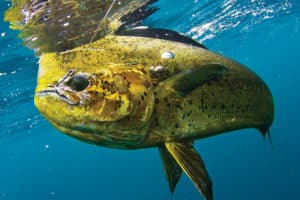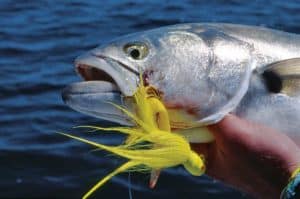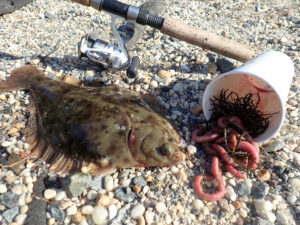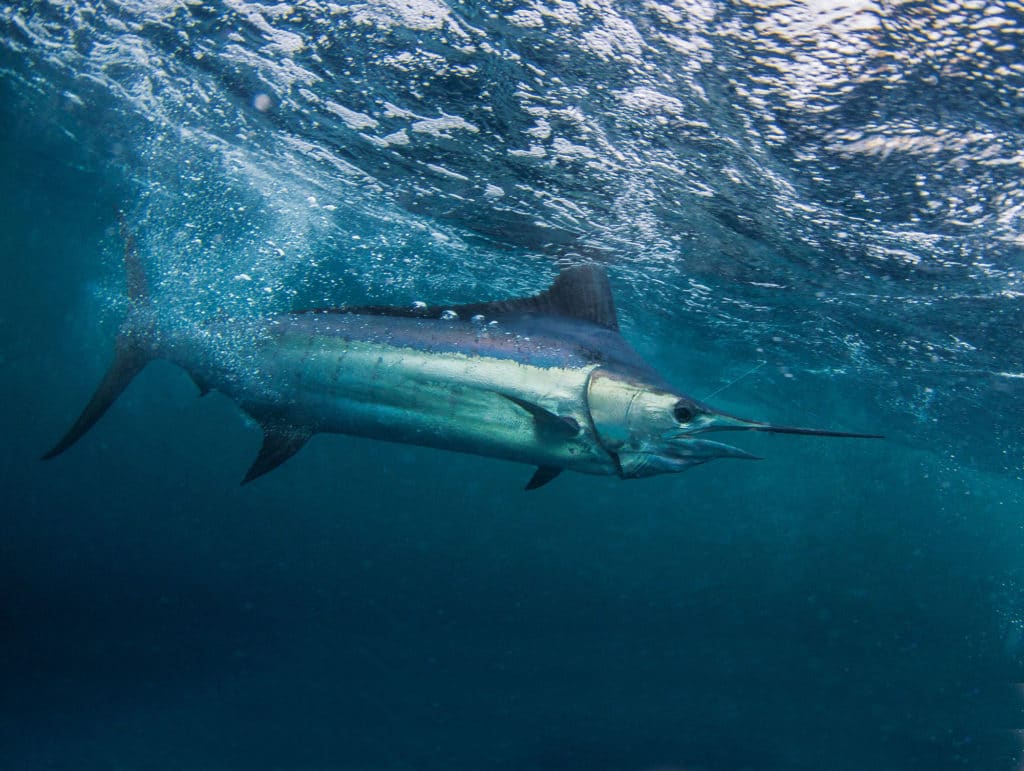
The opening lyrics in Bob Dylan’s classic tune “The Times They Are A-Changin'” told us to acknowledge that the waters around us were quickly rising. And while Dylan was surely referring to the sociopolitical climate of the day, those words still ring true in the physical sense as well. Climate change and global warming — or whatever phrase you use for our planet’s current ecological ailments — have generated much debate for the last several decades. These topics just seem to make some people, well, hot and bothered. Some choose to reject the notion that we’re seeing fairly, if not very, rapid changes in climate, but unfortunately, the data say otherwise. And this phenomenon we’re witnessing is directly linked to, if not driven by, what’s going on in the earth’s oceans.
In reality, the world’s oceans comprise a single large, connected entity called the global ocean. This expansive mass of water churns with currents, both visible and hidden, that not only exert control over marine ecosystems but also create profound effects on terrestrial ones.
The Long Term
Most anglers have heard plenty of talk over the last year or so about the record-breaking water temperatures in the Pacific, brought on by the last El Niño. Indeed, last year’s event ranked as the most significant ever recorded. No matter how severe the episode, however, El Niño events typically linger only a year or so. And although these ephemeral conditions seem to garner a lot of press, bigger problems have been unfolding for some time. Many environmental scientists agree that ocean temperatures are rising on a long-term, global level.
Summer 2014 revealed the highest global sea temperatures in recorded history, says Axel Timmermann, professor of oceanography at the University of Hawaii. Those numbers even surpassed the record-breaking 1998 El Niño event.
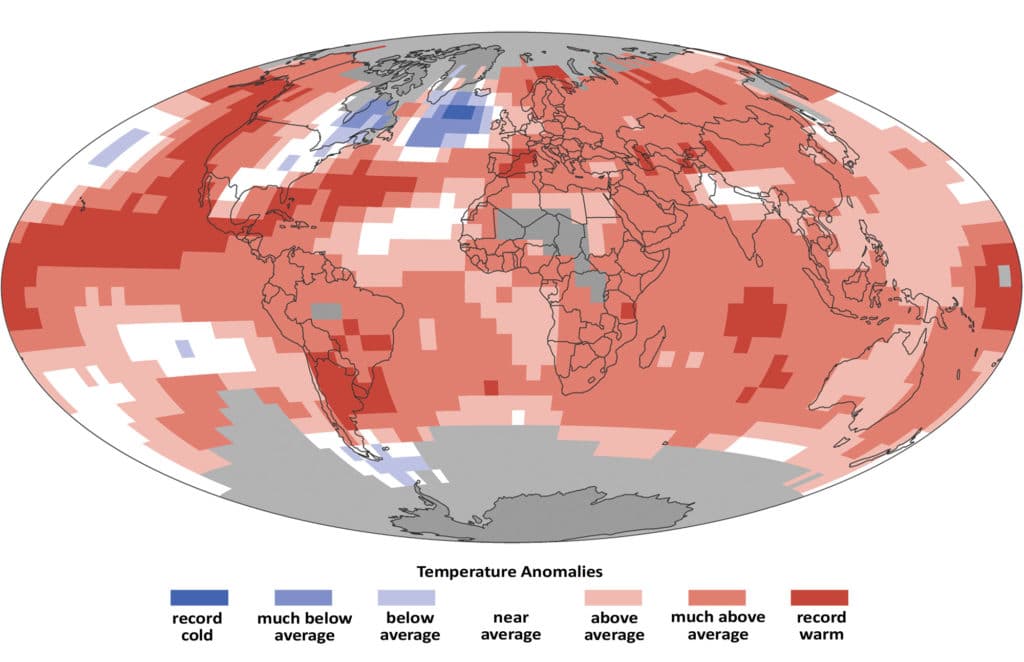
Timmermann says that Earth’s ongoing water-temperature rise took a bit of a break from 2000 to 2013, but that lull has apparently ended due to conditions in the north Pacific, where exceptionally warm water extends from Papua New Guinea to the Gulf of Alaska.
The situation looks similar in the Atlantic, where mean sea-surface temperatures recently reached 150-year-record levels over the northeast continental shelf off the United States. Sea-surface temperatures climbed to 57.2 degrees F in 2012, which is substantially higher than the average of 54.3 degrees F recorded during the last three decades.
But the temperature increase itself isn’t the only cause for concern; the rate of change has also created alarm. The temperature spike in 2012 ranked as the highest jump on record, and one of only five times the average has changed by more than 1.8 degrees F.
Research led by scientists at Scripps Institute in 2012 reported an average global sea-surface temperature rise of 1.1 degrees F since the historic voyage of HMS Challenger, which took place from 1872 to 1876. The same study also found that about 60 percent of excess heat added to the earth’s climate since the 1960s has been stored in the oceans, and further proposed that ocean warming has been occurring for closer to 100 years rather than just the last 50.
I wonder if Vice President James Sherman, in 1912, would have endured the same ridicule that VP Al Gore did in the 2000s if Sherman had mentioned the subject of climate change a century ago.
A 2014 study by Paul Durack, a climate researcher at the Lawrence Livermore National Laboratory in California, also contends that global ocean warming estimates have been underestimated by as much as 58 percent due to sparse historical data, particularly from the Southern Hemisphere.
Durack says our oceans store roughly 90 percent of the excess heat associated with global warming. And when you consider that the oceans in the Southern Hemisphere make up 60 percent of the world’s seas, that uncertainty level seems justified.
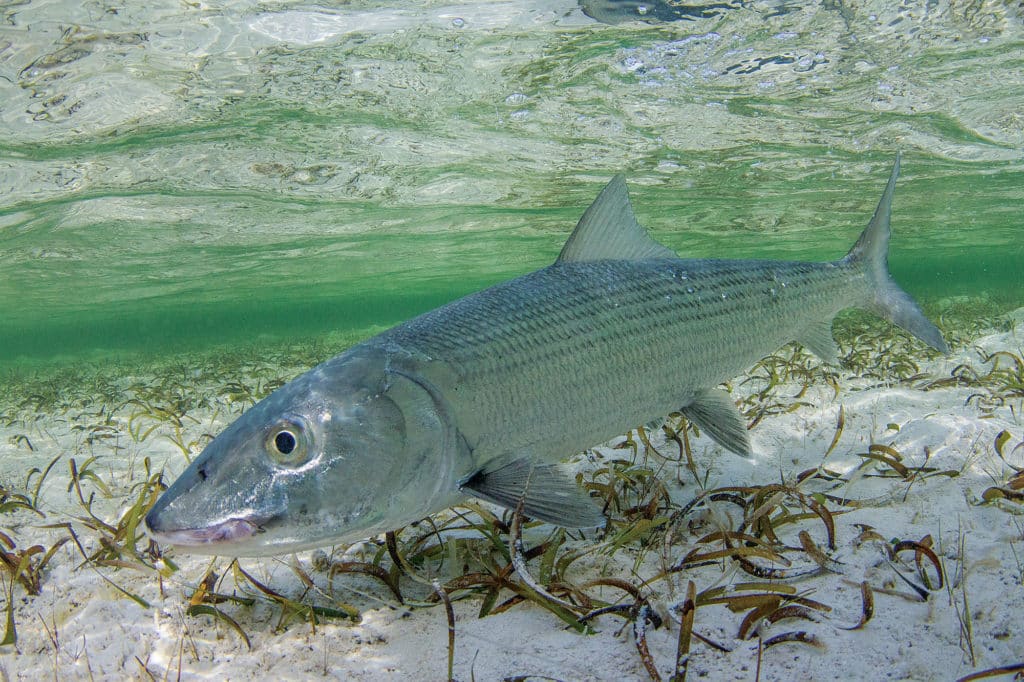
Fish Relocation
Anglers have long known of the connection between water temperature and the fish they pursue. Some species, like red drum, exhibit fairly wide thermal tolerance and are referred to as eurythermic, while others, like bonefish, thrive within a narrower temperature band and are characterized as stenothermic. These preferences profoundly affect the latitudinal range and depth at which a species swims.
In the face of rising sea temperatures, one of the most intuitive hypotheses says that fish move to areas with more favorable water temperatures. If that’s the case, then over time species could redistribute. That’s precisely what we’re seeing with today’s poleward expansion of fish, which is occurring roughly 10 times faster than for land animals, according to National Oceanic and Atmospheric Administration oceanographer Frank Schwing.
William Cheung, from the University of British Columbia, and his colleagues believe that we’re already witnessing a “tropicalization” of fisheries with an increasing dominance of warm-water species. The UBC research has found signs of an increased catch of warmer-water species at higher latitudes and a decreased catch of subtropical species in lower latitudes.
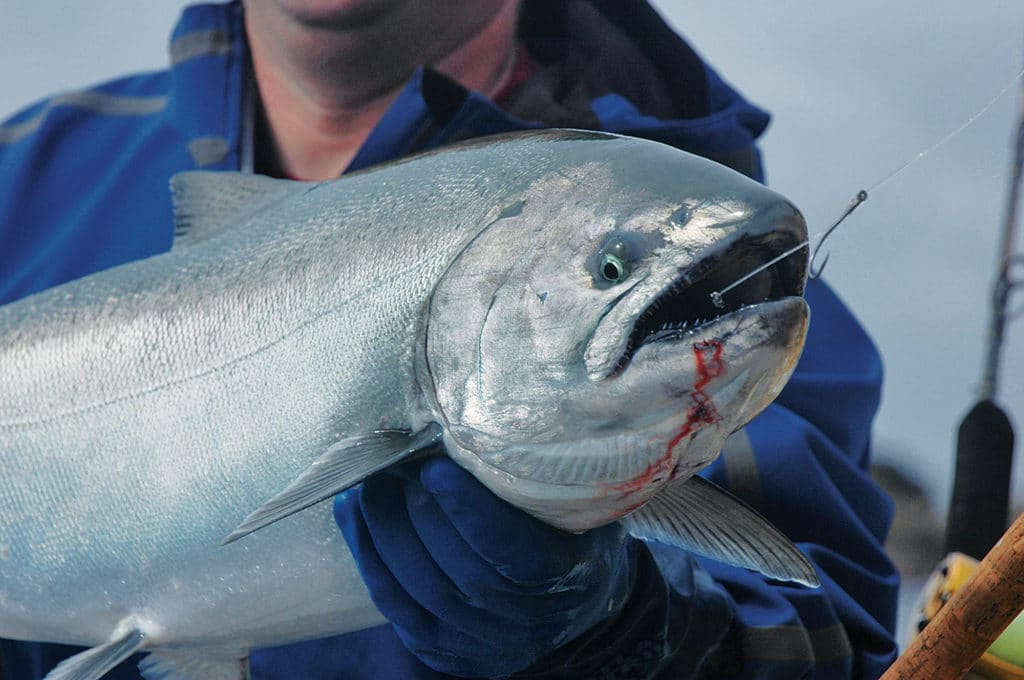
Distribution shifts for cold-water species toward the poles have been so profound, says Cheung’s colleague Daniel Pauly, that salmon have expanded into the Beaufort Sea north of Alaska, where the indigenous Inuit have no recorded name for them. And while the methodology used in this research might be difficult for the layperson to comprehend, it’s hard to question the results when a species is suddenly new in town and the locals don’t even know what to call it.
A 2009 study by NOAA researchers found that roughly half of 36 fish stocks examined in the northwestern Atlantic have begun to shift northward over the last 40 years. Some stocks have almost completely disappeared from U.S. waters because they’re moving to deeper zones farther offshore.
Anglers in the northeast United States might also be seeing relatively unfamiliar species, like Atlantic croaker, as these fish expand their range northward from the mid-Atlantic. However, changes in vertical distribution, with fish moving farther offshore to colder, deeper waters, could make some species largely inaccessible or impractical to target.
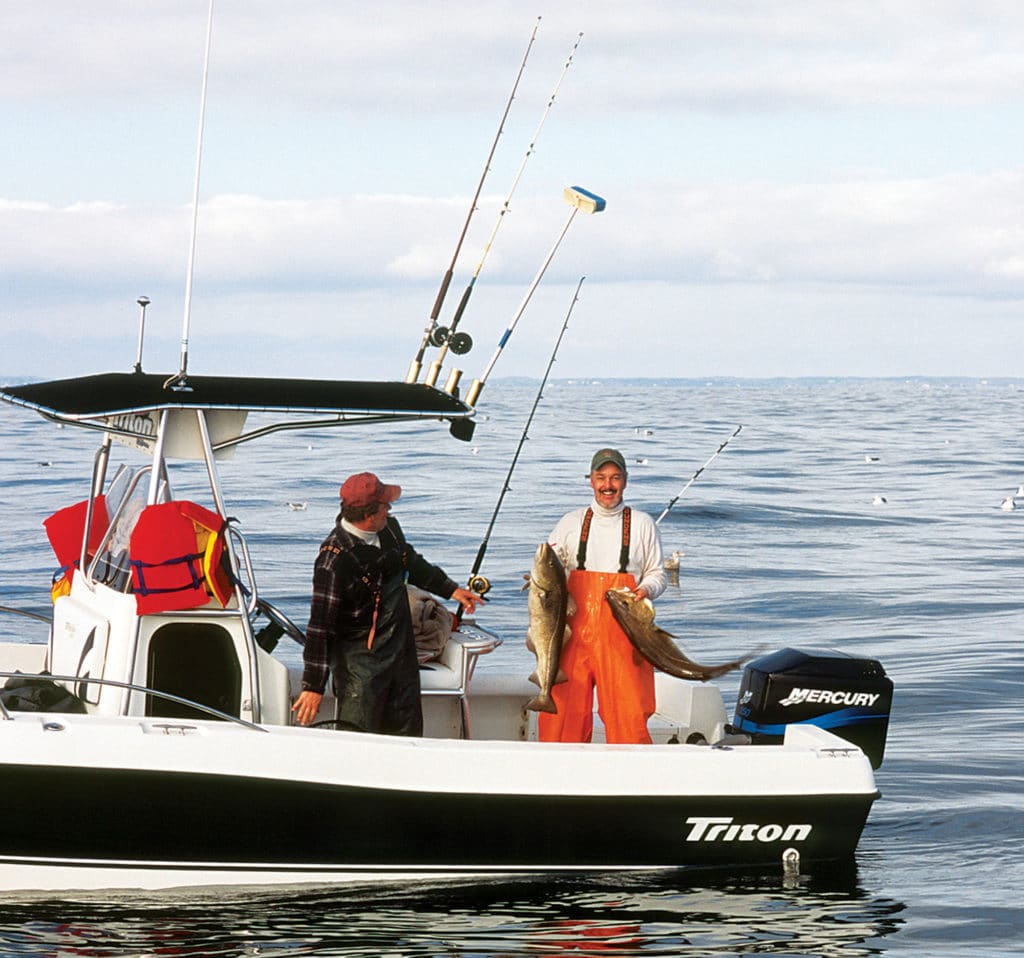
Ecosystem Implications
Distribution shifts to higher latitudes or deeper water represent just one consequence of rising sea temperatures. In complex marine ecosystems, changes in one species almost always correspondingly affect others. The situation can get awfully messy when the water heats up and all ecosystem components fail to shift in unison.
On the tiny end of the food chain, phyto- and zooplankton have also demonstrated distributional shifts, scientists say. Virtually every fish species relies on plankton for food at some stage of its life. In fact, many species have evolved strategies to synchronize reproduction with seasonal pulses of zooplankton abundance.
Kevin Friedland, of the National Marine Fisheries Service, says that regions of zooplankton abundance along the U.S. northeast continental shelf have shifted to the point that summer and winter Atlantic cod spawning success has been affected. Areas where key zooplankton populations have declined have also witnessed fewer cod; regions that still harbor abundant zooplankton host healthier cod numbers. As such, changes in larval prey abundance might further hamper current rebuilding efforts enacted for the severely overfished cod populations.
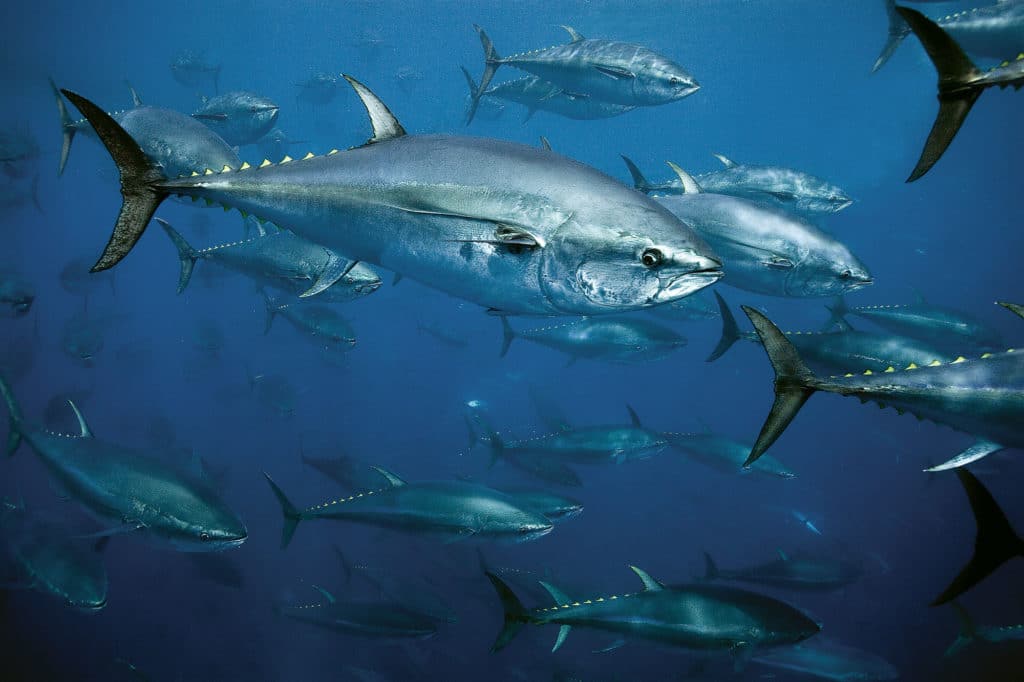
A similar story seems to be unfolding below the equator in the Indian Ocean, says Roxy Mathew Koll, a scientist at the Centre for Climate Change Research at the Indian Institute of Tropical Meteorology in Pune, India. While overfishing continues to be a major source of fish depletion in the Indian Ocean, Koll estimates that warming water temperatures have reduced phytoplankton abundance by some 20 percent. The western Indian Ocean is responsible for approximately 20 percent of the global tuna catch, which means that ecosystem changes from rising sea temperatures in the Indian Ocean could potentially have significant effects on the global tuna catch.
Water temperature also affects dissolved-oxygen levels. Cooler water can retain higher levels of dissolved oxygen than warmer water can. Dissolved-oxygen requirements differ somewhat among species, but in general, the less oxygen available, the less desirable the water as habitat.
Certain regions of the eastern tropical Atlantic and Pacific oceans contain parcels of water with very low dissolved-oxygen levels in fairly close proximity to the surface. These “oxygen-minimum zones” most often occur where an upwelling pushes cold nutrient water from the depths to the water’s surface, creating areas of high productivity in the form of plankton. Upwelling areas attract fish of all sizes that take advantage of the food abundance. However, all this plankton isn’t consumed; as it dies and sinks, bacteria feast on it, which then robs lower portions of the water column of dissolved oxygen.
Research conducted by Lothar Stramma, with the Helmholtz Centre for Ocean Research in Germany, and his colleagues suggests that these oxygen-minimum zones might be expanding due to increasing sea temperatures. And because these zones can occur as close as 75 feet from the water’s surface, they effectively compress the amount of vertical habitat for some fish species.
This phenomenon affects billfish in particular because they’re high-performance animals that require a lot of oxygen to function. Similarly, this vertical compression restricts billfish prey species such as tunas and mackerels.
Billfish and anglers can capitalize on that forage-fish concentration, but the bad news is that billfish become more vulnerable to commercial purse seines and longline gear. This situation also wreaks havoc for fisheries scientists and managers because it presents the illusion of plenty, wherein a high density of billfish is mistaken for high abundance due to the compression of favorable habitat. As a result, fisheries managers might think that a stock is being maintained at a sufficient level of abundance when it really needs more restrictive catch measures that significantly reduce fishing effort and mortality.
Looking Forward
If you’ve read this far and think the sky is going to fall any second, don’t worry. I don’t mean to propose all doom and gloom; rather, I hope to highlight what scientists are seeing with regard to long-term patterns in sea-temperature changes and the resulting response by fish stocks to the evolving marine ecosystem.
Remember that nature rarely remains static, especially for very long periods of time, and populations can adapt to changing environmental conditions — as long as the rate of change doesn’t exceed their ability to adjust.
Scientists must develop a firm understanding about what’s occurring in our world’s oceans. We can’t stop all this destruction. However, we can plan around these changes and adjust our behaviors so that our impacts, such as fishing practices, don’t create dire effects.
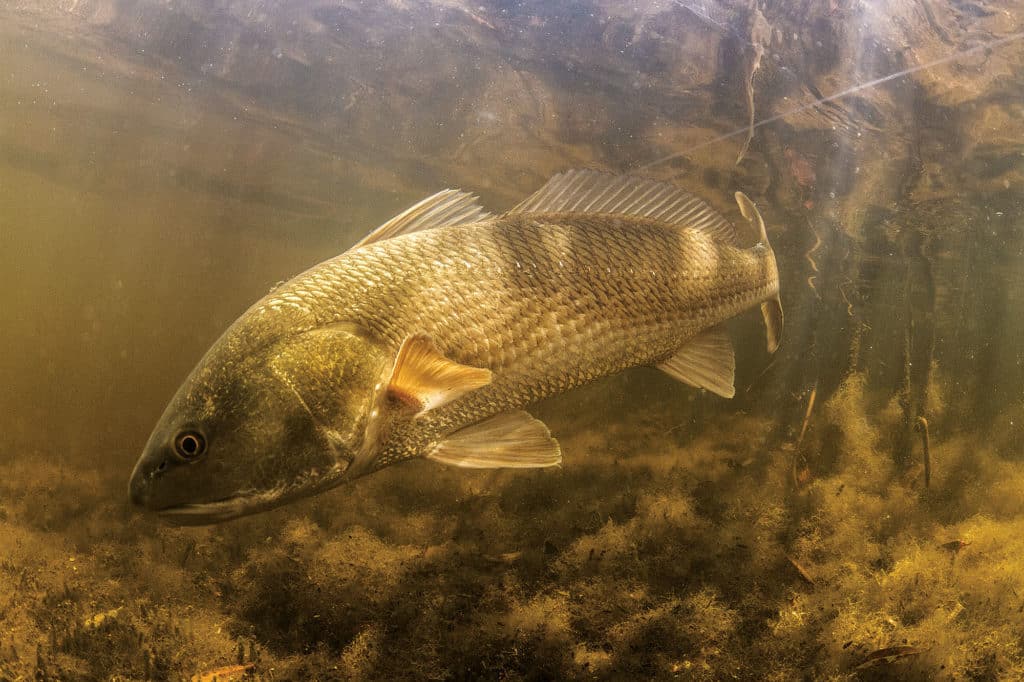
How Does Temperature Affect Fish?
Anglers know that temperature can affect not only where fish are found but also if they will feed. But how does temperature really affect fish physiology? Most fish are ectothermic, meaning they can’t regulate their internal temperature. To a great extent, that makes them slaves to their environment.
A fish residing outside of its thermal comfort zone might experience reduced cardiac and aerobic output. Its digestion might also be affected: Too-cold water might impair the biochemical reactions necessary for proper digestion, while excessively warm water can lead to increased body temperature and gastrointestinal activity, which results in the fish’s need to consume more food to stay healthy.
In this regard, fish seem to seek a thermal sweet spot that keeps them from being too cold to catch and digest their prey, and yet wards off excess warmth that speeds up their metabolism and drives them to forage nonstop.
All In the Genes
Scientists from James Cook University in Queensland, Australia, are gaining a better understanding of how fish populations adapt to rising sea temperatures. Their study looked at successive generations of fish for more than four years and identified 53 genes responsible for acclimation to higher temperatures over time.
When the team subjected a series of fish offspring to higher temperatures, metabolic gene activity increased, indicating that energy production and metabolism might be important components of how fish respond to increased water temperatures.
According to the study, immunity and stress genes also responded strongly to increases in water temperature over generations. Scientists believe that studying which genes allow fish to acclimate to rising sea temperatures will give them a better understanding of which species might be more tolerant of climate change.
About the Author: Jason Schratwieser is conservation director for the International Game Fish Association and has been working in the field of fisheries management and conservation for the last 16 years. Jason enjoys virtually all types of fishing, especially shallow-water sight-fishing with fly and light tackle.

